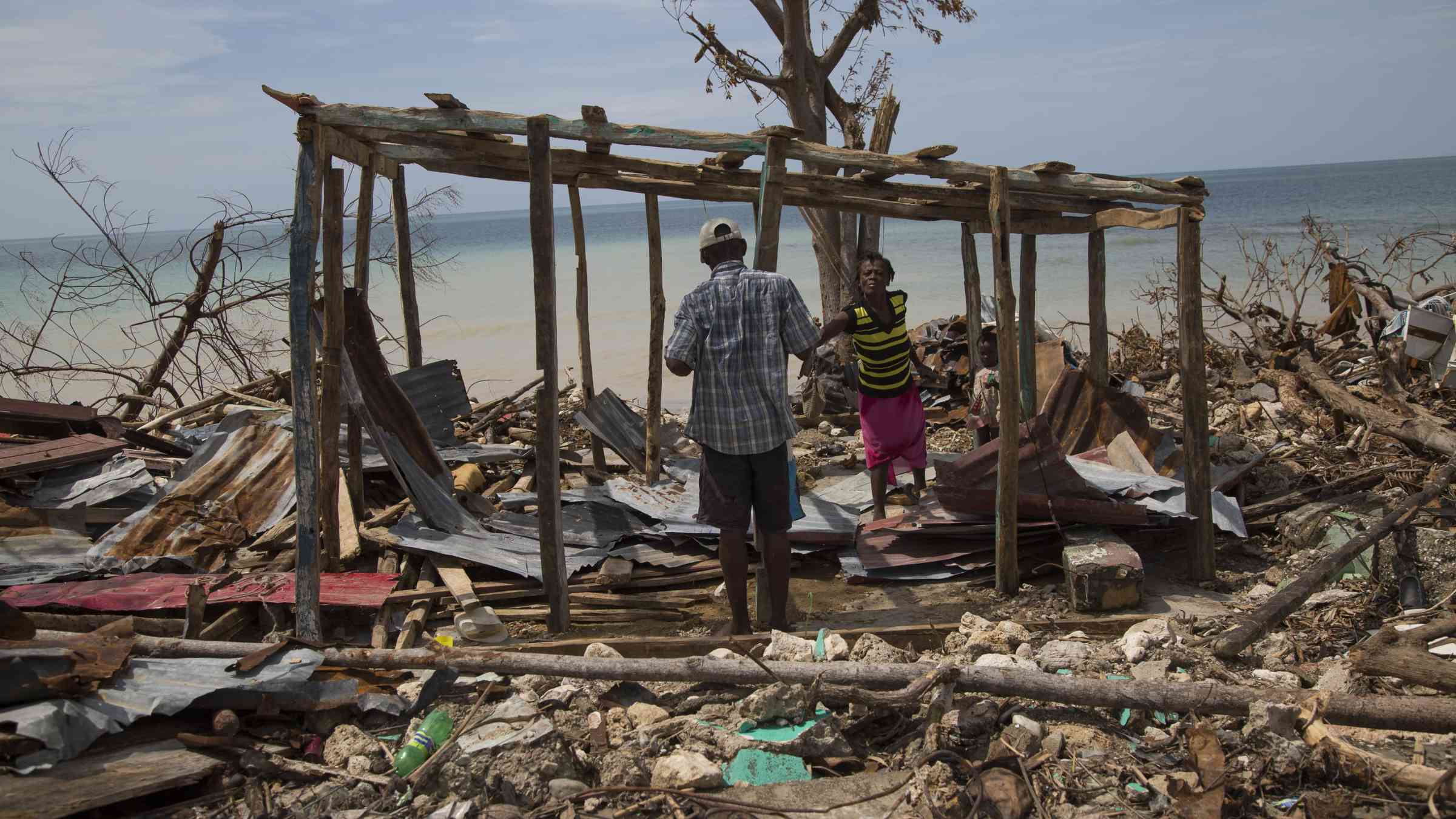How big is the protection gap from catastrophes where you are?

When natural disasters strike, the difference between economic and insured losses can vary greatly. Our interactive tool highlights this protection gap in 12 countries and all global regions.
The protection gap affects societies' resilience
Natural catastrophes such as hurricanes, earthquakes, floods and winter storms have become more intense and frequent in recent years, posing a threat to people and economies worldwide. The financial burden of such events is enormous, but despite this threat many people and businesses remain uninsured leaving them vulnerable when a natural catastrophe does strike.
This is known as the protection gap and is an indication of societal and financial resilience. A large protection gap weakens the financial resilience of economies as lack of insurance makes it more difficult for businesses and people to recover from disasters.
In 2022, according to our latest sigma report, only 45%, or USD 125 billion, of global economic losses of USD 275 billion were insured. This means that millions of households and businesses face a large protection gap.
With climate change, environmental devastation, and ever more people concentrated in high-risk areas, impacts from natural catastrophes will continue to grow.
Understand your risk to close the protection gap
We aim to reverse this trend by covering these risks and bringing affordable, easily accessible re/insurance solutions to more people around the world.
We believe a key step in reaching this goal is to increase awareness and knowledge of the risks from natural catastrophes. From our advanced risk modelling tools and data insights, we're better able to quantify the dangers from natural catastrophes for specific areas. Working with our clients and partners we're dedicated to applying traditional and innovative risk-transfer solutions to close identified protection gaps and increase personal and societal resilience.
Explore our new interactive map to discover the protection gap from natural catastrophes by region and country. Gain insight into trends and losses with our 10-year overviews as well as the top five natural catastrophes in each country over the past decade.